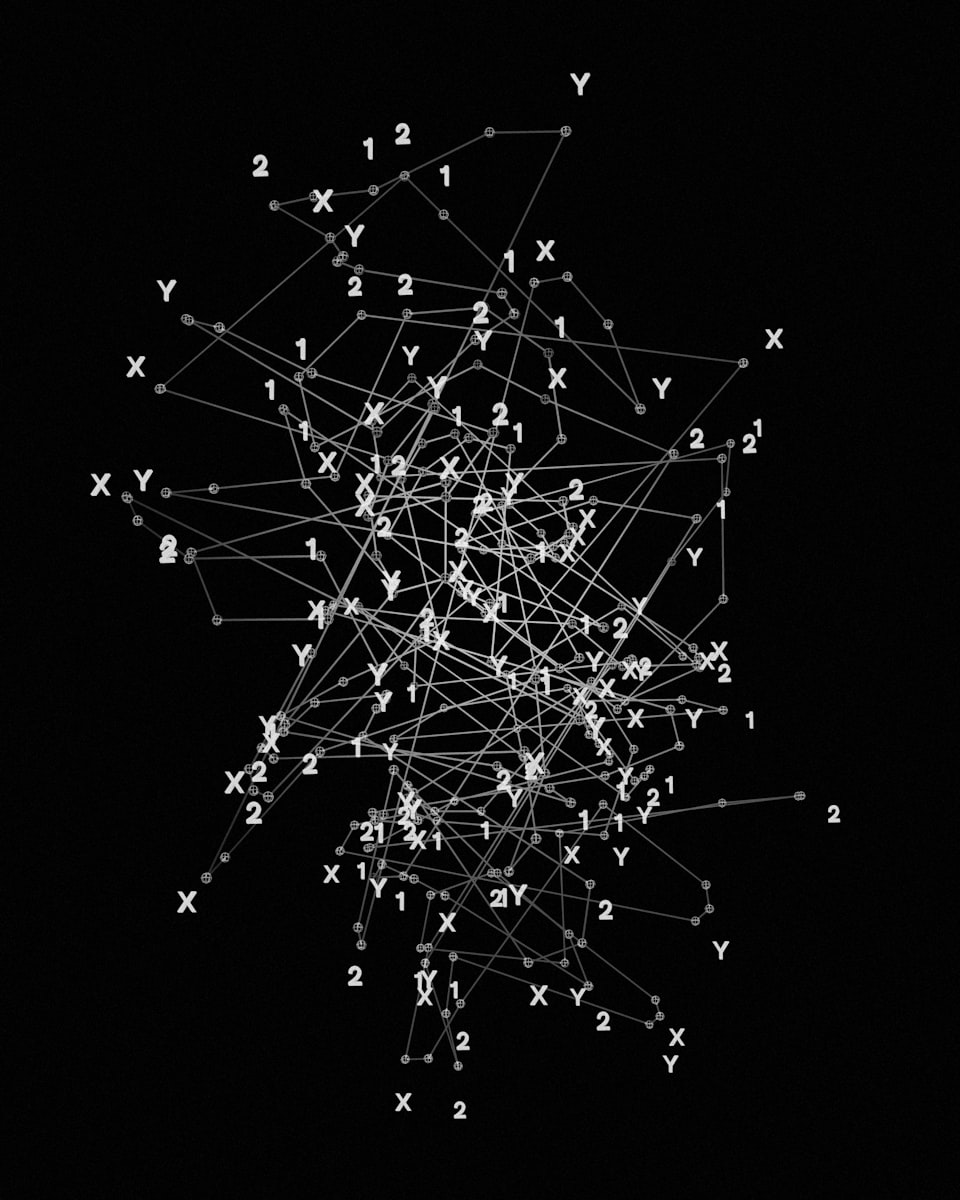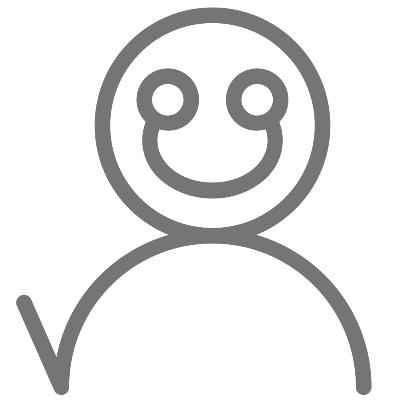artificial intelligence - chapter 1

There was a society somewhere in time and space. The individuals who made up this society were well-trained in the science of their own biology. They knew they were approaching a critical point in the history of their world.
About eighteen years ago, one of their most brilliant scientists calculated that this society, as a species, would reach the theoretical limit of their intellect within one century. "Our biological brains, on average, have a measurable limit," she said. "A cutoff of sorts."
When the press releases came out, the public was outraged. One commentator said, "To deny the obviously limitless power of our mind is to deny our supreme place as masters of our own universe. Put simply, if we rule the universe, we must logically have the ability to comprehend it in its fullness."
However, no other scientists, physicists, biologists, and philosophers could find a problem with the new Theory of Limitation (as it became popularly known). Prizes were duly awarded to The Scientist and all her collaborators. Textbooks were written and the first generation of Limitation theorists gave way to the second. These theorists accurately calculated and published reports on which fields had the greatest potential for new learning and which fields should be "given up as unknowable." After only a few years, the public reluctantly accepted their Limitation as a scientific fact.
But what is the scientific basis of Limitation Theory? Simply put, when it comes to intelligence, a brain can do two things: store information and connect information.
The Scientist explained it using her society's version of Tic-tac-toe. There are three rules: 1) players take turns, 2) players may put their mark only in unoccupied spaces, 3) the game is won by the player who gets three of their mark in a row. Each of those three rules is stored in an individual's brain in the form of chemicals stored in cells. Now, those three rules can interact in six ways (see this link for the math). Each of those six connections is also stored as chemicals in cells in the brain. Now, those chemicals and cells have a definite volume. It's a very small volume, but when one considers that every individual knows billions or trillions of things, that volume becomes significant. In laymen's terms, at some point, the volume that new information would occupy would exceed the volume of the cranium. At that point, the brain wouldn't so much reject the new information as try to find a place for it amongst the old. In most cases, it will simply reuse some old pathways to cut down on resource usage, but even that process has its limits.
"It can be rigorously shown," said The Scientist, "that each field of knowledge has relatively more or less information to learn, which puts a physical maximum on what can be learned from that field."
"I have calculated — assuming that each individual fills their brain to maximal capacity, each in a different field — that we have already reached approximately 75% of our species' ability to understand our universe. It took us tens of thousands of years to reach 25%. It took us thousands of years to reach 50%. It took us hundreds of years to reach 75% (where we are now). Thus, by my calculations, I approximate that we will approach the limit in tens of years."
Different people reacted differently. Some started Gnostic cults, each claiming to know exactly what information was worthy of mental pursuit. In a short time, they built libraries with solid walls and no windows. They filled their libraries with only those volumes they considered most holy, and forced their members to eschew all knowledge that came from outside.
Others built schools to help students reach their theoretical mental limits. Using the principles of Limitation Theory, they calculated the optimal proportions of Science, History, and Art that each student should learn. (For those familiar with optimization as a field, each school claimed that its own fitness function was the best. Some minimized the probability that their students would encounter a problem about which they would have no knowledge. Others maximized the absolute amount of knowledge their students could take in by exploiting the brain's ability to reuse existing pathways.)
Others started so-called cults of Ignorance. They couldn't use the word, "agnostic" – the antonym of "gnostic" – in their moniker because, even if they knew the word, its normal usage had come to mean, "one who doesn't know what he knows." That's the opposite of the Monks of Ignorance. They know exactly what they know, and each Monk keeps that knowledge written on a five-by-seven piece of paper in the pocket of his or her robes. They keep their brain intentionally empty. Why? If one of them knew at some point, the reason has long been forgotten along with the name of their founder and almost everything else.
"All of these efforts," said The Scientist at a later press release, "show a fundamental misunderstanding of Limitation Theory."
"Limitation Theory is simply a physical phenomenon based on physical laws. 'No two objects may occupy the same space at the same time.' We all know that! But, biologically speaking, no person will know or even be aware when they reach their limit. Further, The Theory doesn't describe individuals. It only describes populations accurately. It's a 'law of mass action,' if you will."
But even knowing this, The Scientist herself had her own plan to circumvent the effects of her own theory. Using her enormous influence and newfound wealth, she started a new project she called, The Intelligence.
To be continued...
This blog is a labor of love and I make it for the simple joy of writing out my thoughts in an organized fashion. If you're interested in supporting my blog financially, click the button below!


